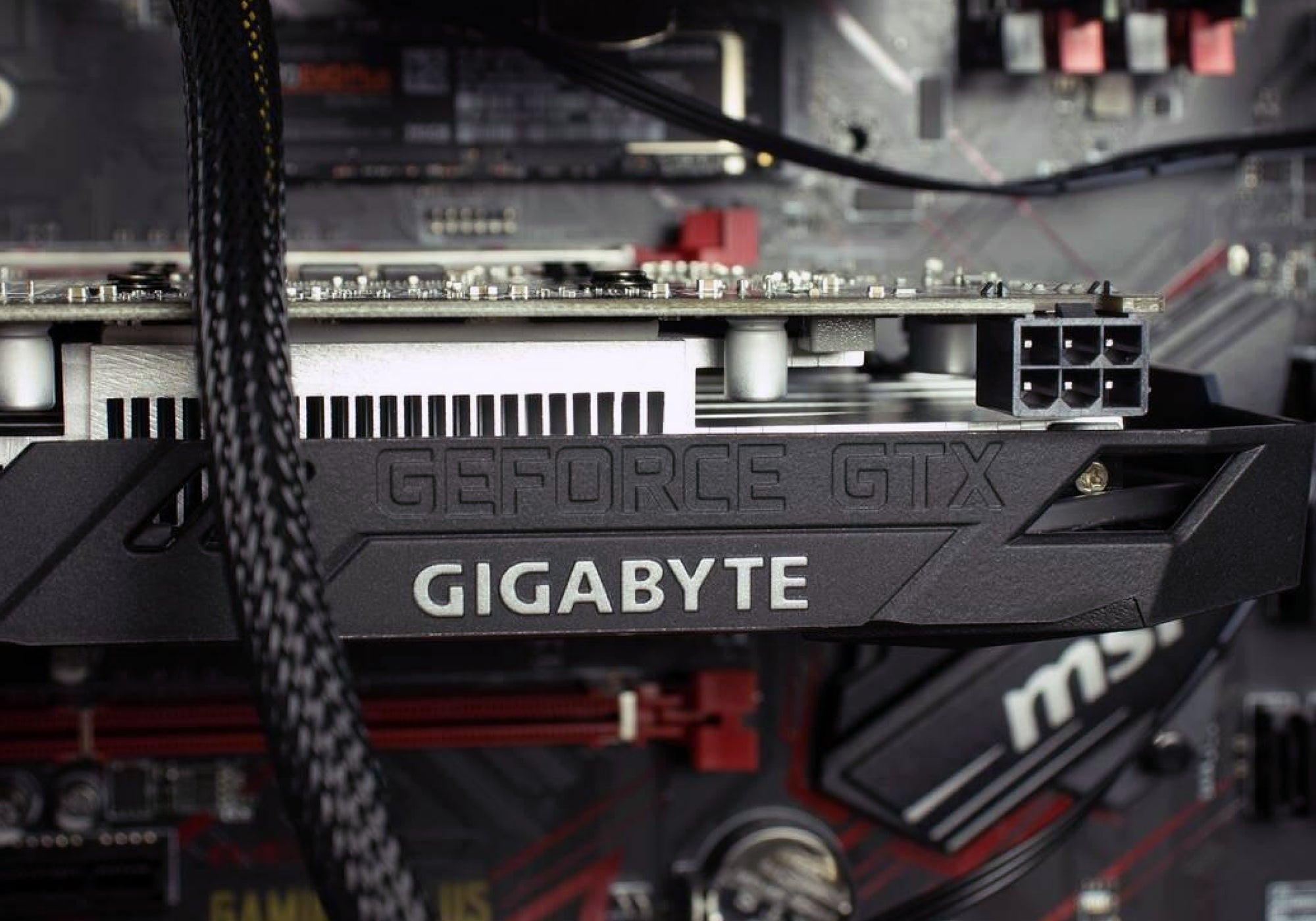Set off on a quest to discover the secret world of the graphics card. The GPU is the unnoticed hero of your computer. It merits particular attention because the unsung hero powers every vivid picture and engaging game experience.
We reach their maximum potential; even the most vital parts need a little attention. Come along as we explore the art of restarting your graphics card and solve the puzzles of when, why, and how to carry out this crucial upkeep procedure. Prepare to add fresh energy to your virtual travels with a few clicks.
Next-Gen Gaming: Exploring the 4060 TI Graphics Card Technology
Understanding Graphics Card Restart
What Is Meant by Restarting Graphics Card?
What does restarting a graphics card mean, then? It's much the same as giving your graphics processing unit (GPU) a pause and a chance to recharge. It can be beneficial for updating your system, enhancing performance, and troubleshooting display-related problems.
Difference Between Reset and Restart
Understanding the difference between your graphics card's reset and restart is critical. Resetting usually means returning the card to its factory default settings, which might be a more extensive process than restarting, which entails momentarily stopping and then restarting GPU activities.
Preparing for a Graphics Card Restart
- Backup: Before starting the restart procedure, backup all critical data and configurations.
- Close Applications: Close all open programs and processes to avoid conflicts.
- Ventilation: Adequate ventilation and cooling methods should be given top priority to prevent overheating and potential damage to your graphics card.
These preparation steps are necessary to guarantee a seamless and successful graphics card restart, enabling peak performance and durability.
Methods for Restarting Your Graphics Card
Now that you're ready, let's look at the several ways to power down your graphics card.
- Software-Based Method: You may use the Device Manager on Windows to turn off and back on your graphics card driver. Users can accomplish a similar task on macOS by going to System Preferences.
For more sophisticated choices, consider using third-party programs that provide more functionality for controlling your graphics card, such as MSI Afterburner or the NVIDIA Control Panel.
- Hardware-Based Methods: If you want a more hands-on method, you can physically remove it and put it back in your graphics card. Just remember to take the appropriate safety measures and turn off your computer before doing so.
Alternatively, you can power cycle the entire system to fully reset your computer, including your graphics card.
The Rtx 4070 Ti: A Leap Forward In Graphics Technology
Troubleshooting Graphics Card Restart Issues
- Common Issues: To guarantee seamless graphics card functioning, take proactive measures to fix problems such as driver conflicts, overheating, or hardware malfunctions.
- Diagnostic Tools: Use diagnostic tools to identify the root cause of any issues and fix them quickly to ensure peak performance.
- Prompt Action: To ensure a successful restart and continuous functionality, quickly address any issues that arise during the restart process and take prompt action to diagnose and resolve them.
By quickly addressing frequent issues and using diagnostic tools, you can keep your graphics card operating at its best and remaining dependable.
Best Practices and Tips
- Update Drivers Frequently: Maintain compatibility and optimal performance with the most recent software by keeping your graphics card drivers current.
- Use Diagnostic Tools: To detect possible problems early and preserve optimal functioning, use diagnostic tools to monitor your graphics card's temperature, usage, and general health.
- Avoid Overclocking: Proceed with caution while adjusting graphics card settings or overclocking, as doing so may cause instability or harm to your system.
Ad adheres to the suggested settings unless you possess the knowledge and experience to make safe and informed adjustments.
Sum Up
Restarting your graphics card is an essential first step in preserving peak performance and resolving frequent problems. By following the instructions provided in this article, you can ensure that your graphics card runs smoothly and effectively. Don't be afraid to use these strategies to maintain optimal system performance whenever needed.
We invite you to read more of Technoid's website articles about graphics card upkeep and optimization. To improve your computer experience, learn more about issues such as driver updates, temperature control, and performance tweaking. This is where your quest for graphics card expertise begins. Have fun debugging!
FAQs
Does restarting my graphics card result in damage or data loss?
Restarting your graphics card should usually result in no damage or data loss. But before you do any maintenance, you must be cautious and make a backup of your most crucial data.
For best results, how often should I restart my graphics card?
Your graphics card's frequency of restarts depends on several variables, such as system stability and consumption trends. Maintaining optimal performance can be aided by periodic restarts, particularly following system or software modifications.
Does restarting my graphics card resolve every performance problem?
Restarting your graphics card can fix many basic performance problems, but it might not be able to fix complicated software incompatibilities or underlying hardware flaws. If issues continue, consider getting more help or using troubleshooting methods.

